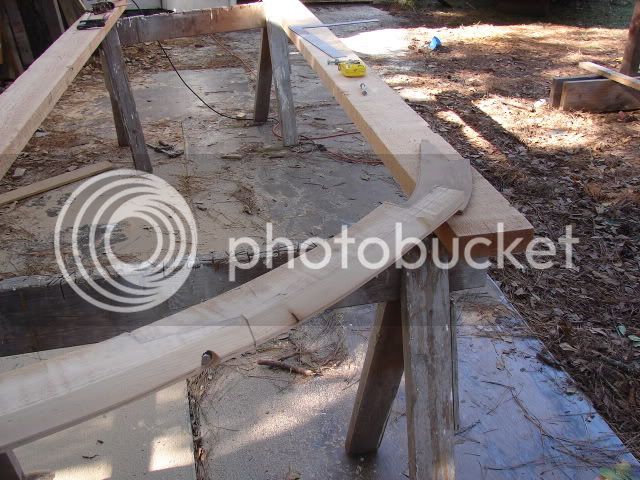I believe that all of us appreciate the tutorial that seedtick posted , it is some wonderful information and enlightens everyone on how to create the curved stem pieces. I know I learned a lot from it. 
To quote seedtick........
Not to be argumentative or as an excuse , only as an explanation.
I posted my response so he would have an idea about how the stitch and glue was done since he has never made one , sharing information. Or you might call it sharing an experience that I know about. There was no intent to take away or distract from his post , it was in the follow up questions , comments and answers area after he posted his information.
To quote seedtick........
reckon you're right about stitch and glue not needing stems, never built a stitch and glue
Not to be argumentative or as an excuse , only as an explanation.
I posted my response so he would have an idea about how the stitch and glue was done since he has never made one , sharing information. Or you might call it sharing an experience that I know about. There was no intent to take away or distract from his post , it was in the follow up questions , comments and answers area after he posted his information.







